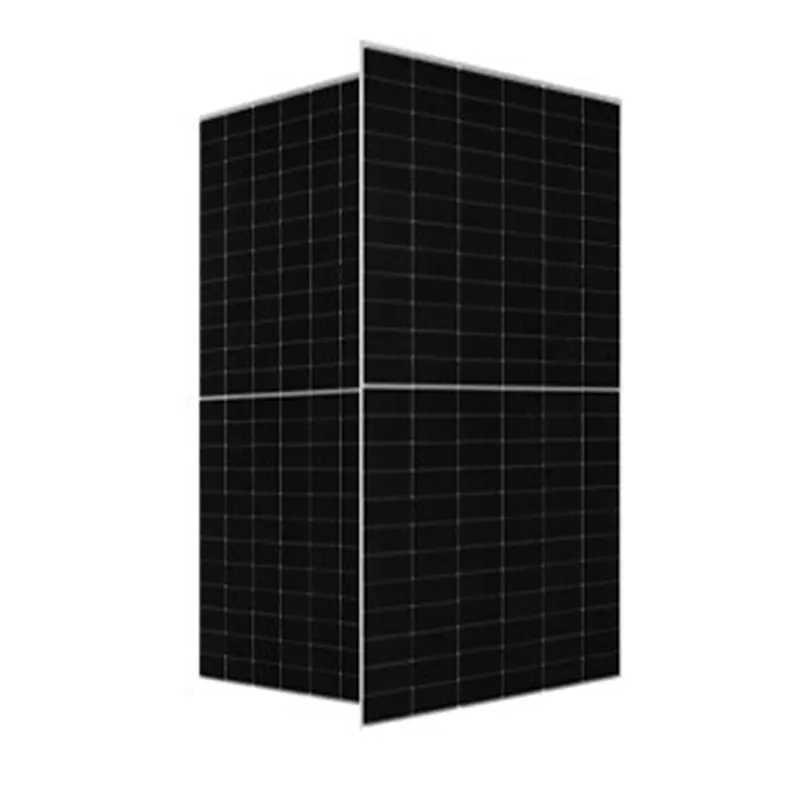polycrystalline solar panel price
The Pricing Dynamics of Polycrystalline Solar Panels
In the realm of renewable energy, polycrystalline solar panels have emerged as a popular choice among consumers seeking a balance between efficiency and cost
. As the world increasingly shifts towards sustainable energy sources, understanding the pricing dynamics of polycrystalline solar panels becomes essential for both residential and commercial buyers.Polycrystalline solar panels are made from multiple silicon crystals melted together, which gives them their distinctive blue hue and a rough appearance. One of the main advantages of these panels is their relatively lower manufacturing cost compared to their monocrystalline counterparts. The average price of polycrystalline solar panels has seen significant reductions due to advancements in technology, increased production efficiency, and economies of scale. Over the past decade, prices have dropped by more than 80%, making solar energy more accessible to a wider audience.
The current market price of polycrystalline solar panels typically ranges from $0.60 to $1.00 per watt, depending on various factors such as brand, efficiency rating, and geographic location. This pricing is influenced by global supply chains and market demand, which can fluctuate based on policies promoting renewable energy, tariffs on imported goods, and overall economic conditions.
polycrystalline solar panel price

Additionally, the installation cost is a critical factor to consider. While the panels themselves may be affordable, the total cost of solar energy systems includes expenses related to installation, permits, and sometimes maintenance. On average, homeowners can expect to pay between $10,000 and $20,000 for a complete solar installation, depending on system size and local installation rates. Nevertheless, various incentives and rebates offered by governments can significantly mitigate these costs.
Another important aspect of the pricing of polycrystalline panels is their performance. While they are generally less efficient than monocrystalline panels—typically converting around 15-20% of sunlight into electricity versus 20-25% for monocrystalline—they often perform well in higher temperatures, making them suitable for diverse climates.
In conclusion, the price of polycrystalline solar panels reflects a combination of manufacturing advances, market demand, and installation costs. As prices continue to decrease and technology improves, polycrystalline panels are likely to remain a cost-effective option for those looking to invest in solar energy. With solar energy becoming increasingly vital for combating climate change, the continued evolution of solar panel technologies holds promise for a sustainable future.
-
Unlocking Energy Freedom with the Off Grid Solar InverterNewsJun.06,2025
-
Unlock More Solar Power with a High-Efficiency Bifacial Solar PanelNewsJun.06,2025
-
Power Your Future with High-Efficiency Monocrystalline Solar PanelsNewsJun.06,2025
-
Next-Gen Solar Power Starts with Micro Solar InvertersNewsJun.06,2025
-
Harnessing Peak Efficiency with the On Grid Solar InverterNewsJun.06,2025
-
Discover Unmatched Efficiency with the Latest String Solar InverterNewsJun.06,2025







